Samsung Droid Charge Review - Droid Goes LTE
by Brian Klug on June 22, 2011 7:47 AM EST- Posted in
- Smartphones
- Samsung
- LTE
- 4G
- Droid Charge
- Mobile
The left side of the Charge is home to the microUSB port and volume buttons, which are adorned with a small chrome ridge. The volume buttons on the Charge are precise and clicky, no complaints there. Having the USB port located here remains something of a point of contention for many people, though I’m starting to warm up to it.
The right side packs the Charge’s HDMI port which is underneath an attached plastic cover. Get a thumb inside there and the cover pries off and swivels around exposing the HDMI type-D port. Just north of that is the power button, which like the volume buttons is the right balance between clicky and resistive enough to not lend itself to errant presses, and is easily locatable thanks to its raised shape. I’m impressed with all the buttons on the Charge - a small thing that definitely makes a difference for actual in-hand impressions in the long run.
Up at the very top of the Charge is an offset headphone jack, microphone for noise cancellation in calls, and a "Digital by Qualcomm" sticker. As we'll discuss later however, there's no Qualcomm parts inside, but if you license CDMA2000 you still need this sticker on the handset.
Where the Charge falls apart in the physical department is the back cover. This is something we’ve harped endlessly on about with the Galaxy S series, with the Fascinate, with the Nexus S, and in essentially the entire new Samsung Android lineup other than the Charge, it’s fixed. On the Galaxy S 2, the back is now textured instead of one featureless slick plastic face like it is with the original Galaxy S and now the Charge.
As a result, the Charge picks up scratches on the back disappointingly quickly, just like its predecessors. The plastic that Samsung used for this generation seems especially prone to picking up what are called “sleeks” - fine scratches that are only visible from light incident at an angle.
It’s just frustrating because otherwise the Charge has an excellently balanced in-hand feel thanks to its ergonomic lip on the back, and overall impressive build construction. Though the entire exterior of the Charge is plastic, the internal frame is metal, and that rigidity certainly shows through.
| Physical Comparison | ||||||
| Apple iPhone 4 | HTC Thunderbolt | LG Revolution | Samsung Droid Charge | |||
| Height | 115.2 mm (4.5") | 122 mm (4.8") | 129.8 mm (5.11") | 129.9 mm (5.11") | ||
| Width | 58.6 mm (2.31") | 67 mm (2.63") | 66.9 mm (2.63") | 67.5 mm (2.65") | ||
| Depth | 9.3 mm ( 0.37") | 13.2 mm (0.52") | 13.6 mm (0.54") | 11.90-14.96 mm (0.47"-0.59") | ||
| Weight | 137 g (4.8 oz) | 183.3 g (6.46 oz) | 172 g (6.08 oz) | 143 g (5.04 oz) | ||
| CPU | Apple A4 @ ~800MHz | 1 GHz MSM8655 45nm Snapdragon | 1 GHz MSM8655 45nm Snapdragon | 1 GHz Hummingbird S5PC110 | ||
| GPU | PowerVR SGX 535 | Adreno 205 | Adreno 205 | PowerVR SGX 540 | ||
| RAM | 512MB LPDDR1 (?) | 768 MB LPDDR2 | 512 MB LPDDR2 | 512 MB LPDDR2 | ||
| NAND | 16GB or 32GB integrated | 4 GB NAND with 32 GB microSD Class 4 preinstalled | 4GB NAND with 16 GB microSD preinstalled | 2 GB NAND + 32 GB microSD preinstalled | ||
| Camera | 5MP with LED Flash + Front Facing Camera | 8 MP with autofocus and dual LED flash, 720p30 video recording, 1.3 MP front facing | 5 MP with AF and LED flash, 720P video capture, 1.3 MP front facing | 8 MP with AF and LED flash, 720p30 video capture, 1.3 MP front facing | ||
| Screen | 3.5" 640 x 960 LED backlit LCD | 4.3” 800 x 480 LCD-TFT | 4.3" 800 x 480 LCD-TFT | 4.3" 800 x 480 SAMOLED+ | ||
| Battery | Integrated 5.254Whr | Removable 5.18 Whr | Removable 5.6 Whr | Removable 5.92 Whr | ||
Probably the most poignant comparison for the Charge however isn’t Galaxy S, it’s the HTC Thunderbolt and LG Revolution. Compared to the Thunderbolt, the Charge is a fair amount taller - nearly 8 mm in fact. However, the Charge is 1.3mm thinner and around 30 grams lighter. The LG Revolution has roughly the same outline as the Charge and is 0.4 mm thicker than the Thunderbolt. Thickness and overall mass are prime considerations for smartphone shoppers, and I think in this category the Charge’s thinner overall profile makes it more attractive than the other phones purely from a physical perspective.
Update: My thickness numbers in the table for the Charge were previously incorrect, and have been corrected now. Thanks everyone.


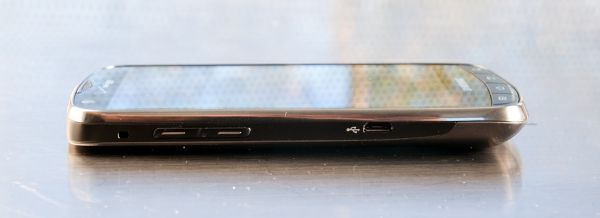
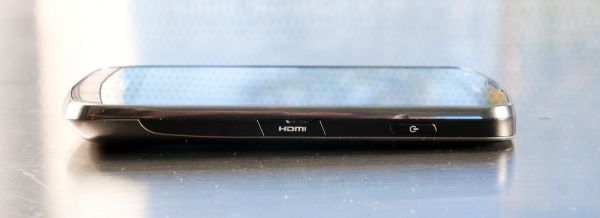
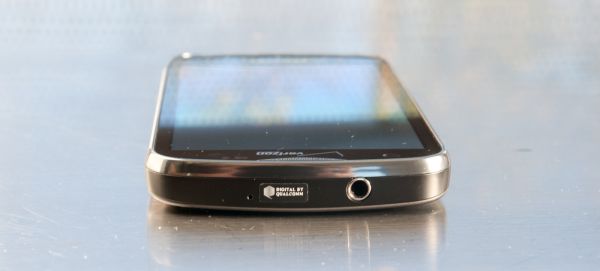
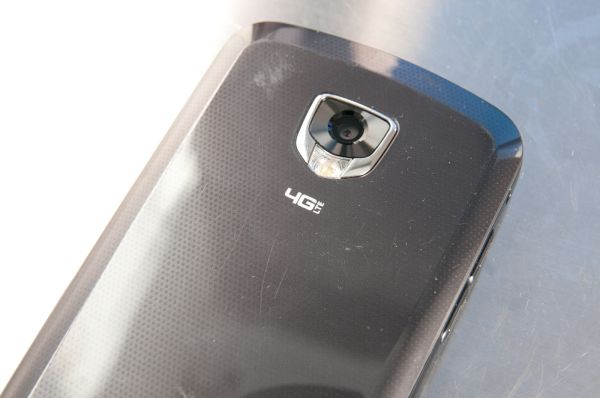
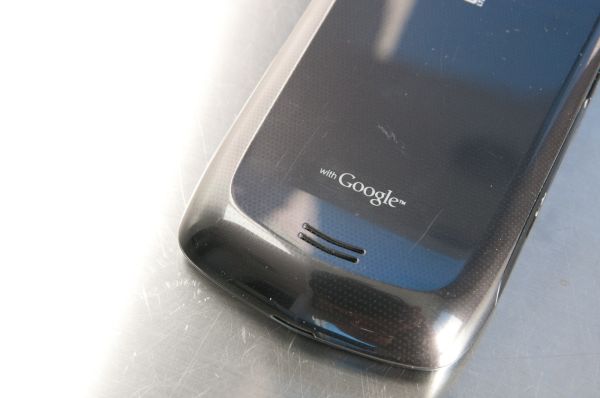








61 Comments
View All Comments
tuhinz - Wednesday, June 22, 2011 - link
The screenshots for the old and new builds are mixed up.Brian Klug - Wednesday, June 22, 2011 - link
I'm going to clean things up, but I ended up taking a bunch of screenshots before the update, and then after, and figured I'd just show everything.-Brian
Brian Klug - Wednesday, June 22, 2011 - link
Oops I see what you mean now - D'oh, fixed.-Brian
shaolin95 - Wednesday, June 22, 2011 - link
You should be adding a comment about vsync and benchmarks like Neocore. Most phones will be fps capped like the Galaxy S ones to 55fps or so.Regards
tayb - Wednesday, June 22, 2011 - link
Come on. This is just getting absolutely ridiculous. Android 2.3 has been out since DECEMBER. That's 7 months ago. Why are we still getting phones with an OS that was replaced more than half a year ago.dagamer34 - Wednesday, June 22, 2011 - link
To wrap this review up, if you want decent LTE battery life on your handset, wait for integrated GSM/CDMA/LTE chipsets.vision33r - Wednesday, June 22, 2011 - link
Impatient Android users would never wait since they change phones every 6 months.PeteH - Wednesday, June 22, 2011 - link
Do we know the timeframe on low-power integrated or LTE only chipsets? The limited battery life of these LTE devices in exchange for speed is a compromise I'm unwilling to make.EnerJi - Wednesday, June 22, 2011 - link
Supposedly Qualcomm has said that their next-generation integrated chipset will ship in volume towards the end of the year. Usually, phones that take advantage of said chipset will lag by several months.However, the timing is close enough to the supposed launch of the iPhone 5 (or iPhone 4S) that there's a whisper of a chance it could launch on the next iPhone... Apple has proven a willingness to pay a large up-front sum to accelerate a supplier component launch and / or lock up supply of a component that puts them ahead of the competition, and this would be a huge differentiator if they could pull it off.
Brian Klug - Wednesday, June 22, 2011 - link
Absolutely, MSM8960 with Krait and integrated LTE should be very interesting to compare with this current architecture. Hopefully battery life is much improved.-Brian